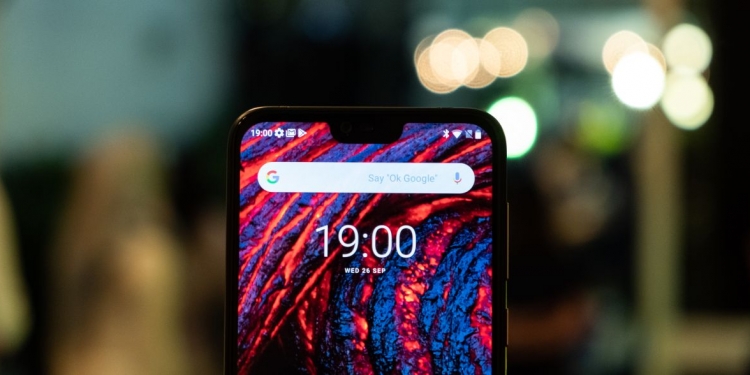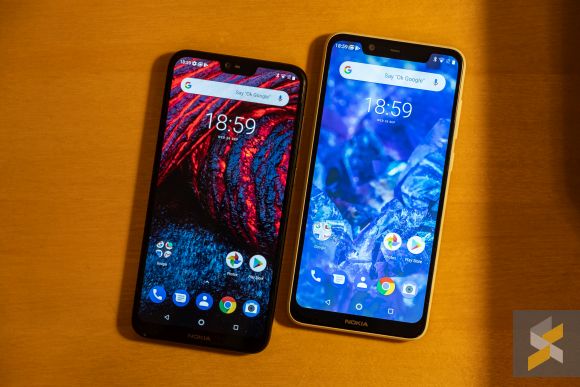One of Nokia‘s big selling points when they relaunched into the world of Android smartphones under HMD Global, was that their phones would be built to last. That — alongside the promise of stock Android and fast updates — was one of the most alluring things about Nokia’s crop of handsets, so alluring that I would even have paid a little extra for them. Just hold a Nokia 7 Plus and you’ll get what I’m talking about.
And that is precisely why I was a little disappointed when I picked up the brand new Nokia 6.1 Plus and 5.1 Plus. They felt very…underwhelming.
I was very excited for the Nokia 6.1 Plus. When I saw it initially launch as the Nokia X6 in China, it was a fascinating phone because of how well it stacked up against Xiaomi’s Redmi Note 5 which was king of the hill at that time.
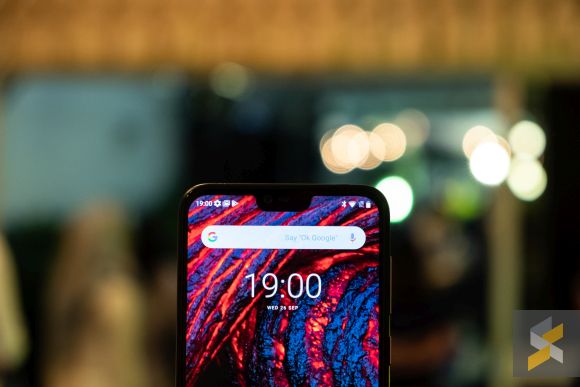
Just look at the specs. The 6.1 Plus features a Qualcomm Snapdragon 636 processor that’s mated to 4GB of RAM and 64GB of internal storage. This device also comes with a crisp 5.8″ Full HD+ screen (which looks great) but with a taller 19:9 aspect ratio so the device feels even smaller in your hand. The trade-off on the screen is that it has a notch at the top, but I don’t particularly mind notches.
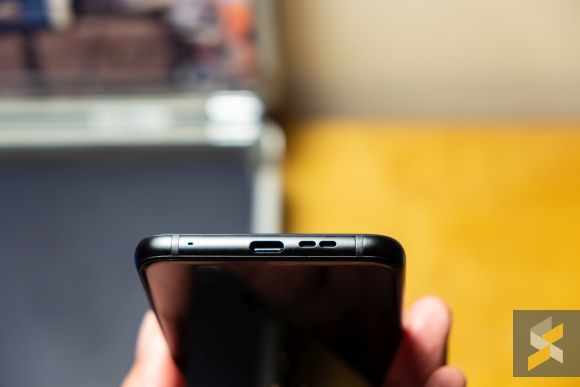
Really, the only part that’s severely lacking is the device’s relatively small 3,060 mAh battery that pales in comparison to the Redmi Note 5’s 4,000 mAh cell. But, this guy fast-charges via USB Type-C which is definitely the superior port to the Redmi Note 5’s micro USB.
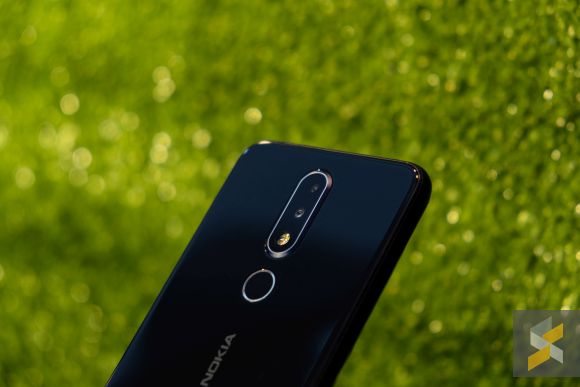
It also features a respectable 16MP + 5MP dual-camera at the back with electronic image stabilisation and a 16MP selfie camera up front. It’s also capable of doing Bothies which is always a nice quirk. That said, I will note that the Nokia 6.1 Plus doesn’t feature the Lumia-styled camera app that the company reintroduced. Instead, it has a completely different camera app that looks and works nowhere near as elegantly.
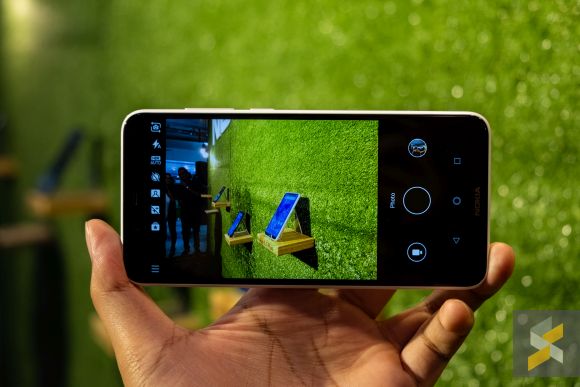
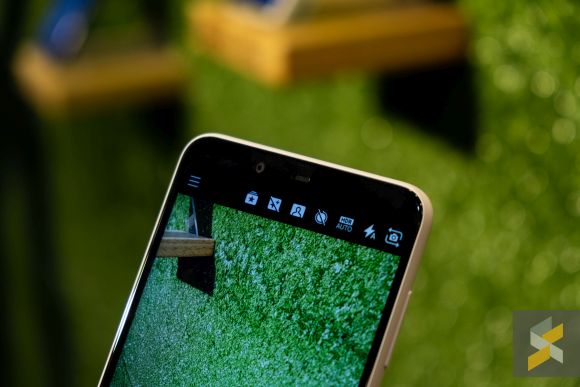
Regardless, if you couple all of those specs with Nokia’s reputation for excellent build quality and stock Android, and you’ve got a really attractive package on your hands. In fact, when it launched in China — later India as the 6.1 Plus — it also had an excellent price tag that could certainly compete with the Redmi Note 5.
But then I got to see it in Malaysia and I was very underwhelmed.
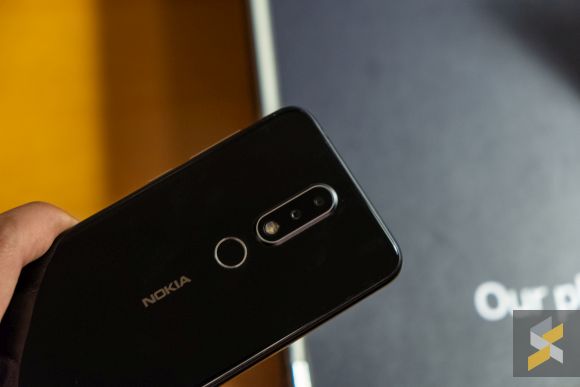
The moment I picked the Nokia 6.1 Plus up, I was already taken aback. The glass and metal sandwich felt nothing like any other modern Nokia Android flagship. Not industrial, not robust. In fact, it felt rather cheap and fragile — not the combination you want.
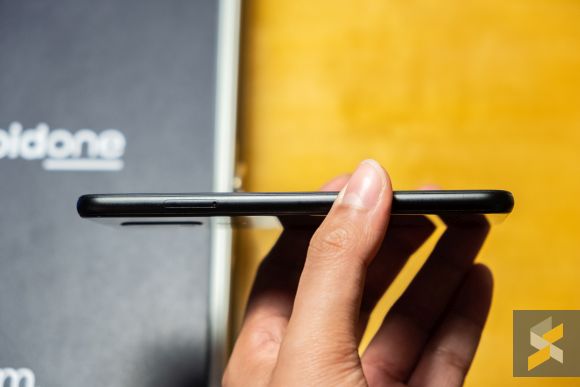
Yes, it’s not the first modern Android Nokia to feel fragile. The Nokia 8 Sirocco was also a glass and metal sandwich, but the difference is that the Sirocco felt substantial. It had a heft to it and a degree of precision in the way the materials were fused together that you don’t see here with the 6.1 Plus.
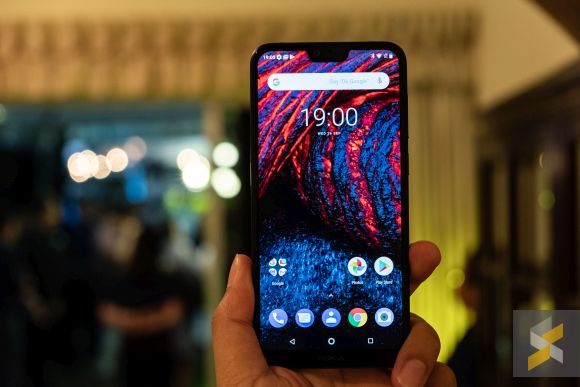
The Sirocco is a far more expensive phone, yes, but that’s precisely why I don’t think they needed to go for this kind of body on the Nokia 6.1 Plus if they wanted their phones to feel like they were built to last. And I would also like to add that Nokia can make a glass and metal smartphone feel substantial at a reasonable price point — just look at the Nokia 6 Arte.
But y’know, if the build was my only gripe with this handset, I would still be OK with that. Unfortunately, the biggest crime here is this smartphone’s retail price tag of RM1,149.
When the Nokia X6 launched in China some four months ago, this particular spec variant was priced at just over RM900 (CNY1,449). When it launched in India last month as the Nokia 6.1 Plus it was priced at just under RM940 (INR15,999) at the time. So why is this phone over RM200 more expensive in Malaysia?
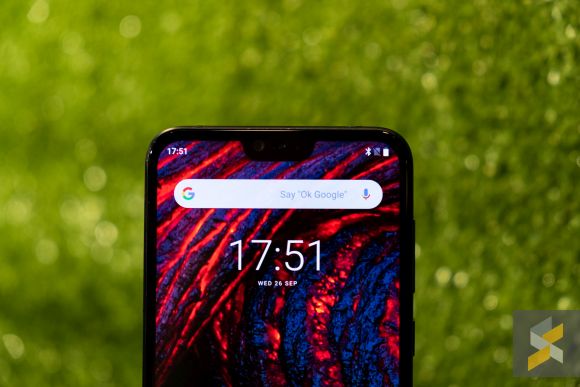
Right now if you stacked the Nokia 6.1 Plus — a handset that could easily trade blows with the Redmi Note 5 four months ago — with the Redmi Note 5, it gets blown out of the water. Xiaomi’s mid-ranger now has an RRP of RM869 (but you can get it for even lower). That’s a price difference of almost RM300.
It just doesn’t make sense.
Fine, maybe you don’t like the Redmi Note 5’s MIUI, and you hate it that much that you’re willing to pay way more for stock Android. Well, for RM999, you can get a brand new base model Android One Xiaomi Mi A2, which has roughly the same battery capacity, same memory configuration, large screen, premium build, but trades the mid-tier Snapdragon 636 processor in the 6.1 Plus for an upper mid-range Snapdragon 660 instead. For RM50 more, than the 6.1 Plus you can get the RM1,199 top-spec Mi A2 with 6GB of RAM and double the internal storage (128GB).
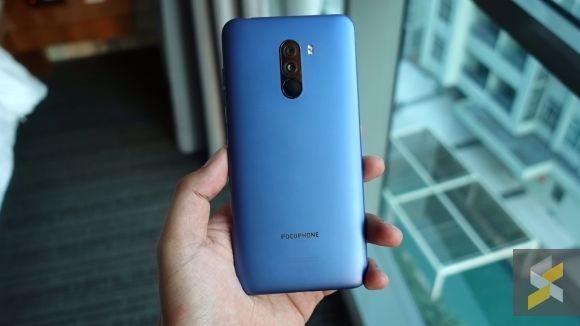
POCOPHONE F1
Or, if you can afford to fork out an extra RM150, you can get the RM1,299 POCOPHONE F1 that comes with 6GB of RAM, 64GB of expandable storage and flagship-class Snapdragon 845 octa-core processor. Oh, and did I mention the POCOPHONE F1 comes with a 4,000 mAh battery too?
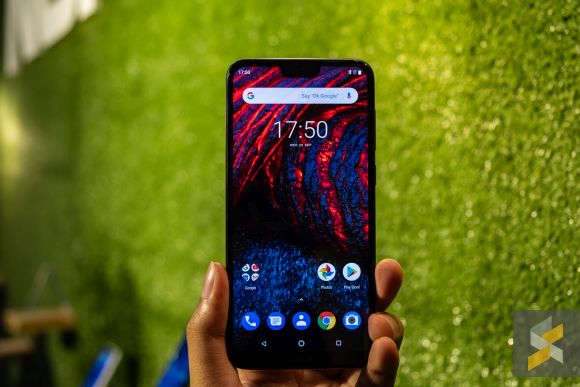
You could make the argument that the Nokia 6.1 Plus is better built, but while I would agree with you on that versus the POCOPHONE, I don’t think the Mi A2 feels any less premium.
I am befuddled. Confused, but worst of all, frustrated. I don’t mind that Nokia took their sweet time to launch it outside of China, but why did it end up being over RM200 more when it reached Malaysia?
I frankly don’t see any reason you’d pick it over its competition right now. But I will hold of final judgement until after a full review. If you do want to get your hands on this phone though, the handset is already on sale at authorised Nokia retailers and the first 2,500 customers will receive an action camera, tempered glass screen protector and silicone case worth RM300 for free.
[nextpage title=”Of course, there is another budget option”]
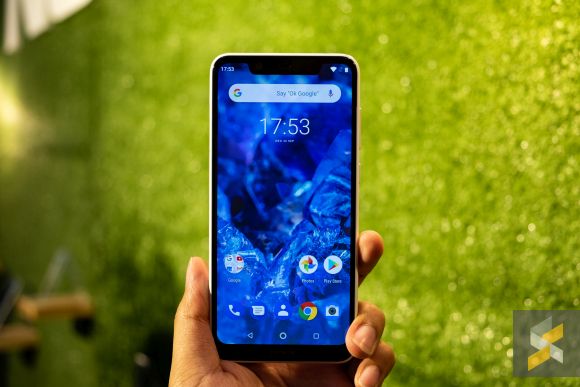
Yes, the Nokia 6.1 Plus wasn’t the only phone HMD Global launched yesterday. They also revealed that the Nokia 5.1 Plus would make it to Malaysian shores too, but it won’t be here so soon. Availability is set for mid-October but no pricing details have been revealed.
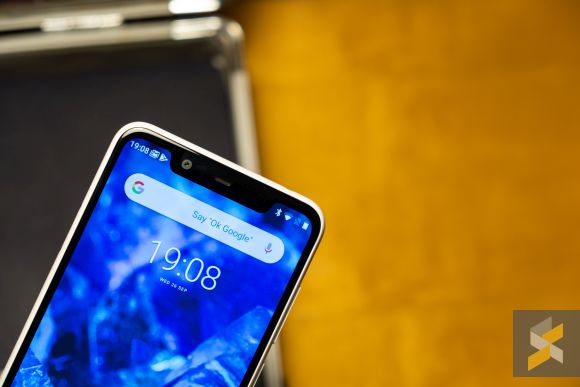
What we do know is that the Nokia 5.1 Plus will be more affordable than the 6.1 Plus, but you’re sacrificing quite a lot too. For starters, although it features the same 5.8-inch notched display, the notch is much bigger on the 5.1 Plus and the panel only pushes a resolution of HD+ (1520×720 pixels). During the presentation, the Nokia rep said that gamers love HD+ display resolutions, though I really can’t see any reason why.
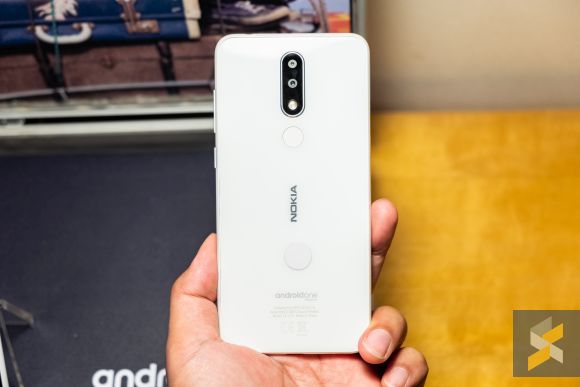
In fact, they seem to be targeting gamers with this phone even though it trades off Qualcomm’s Snapdragon 636 processor for a MediaTek Helio P60 SoC instead. I can’t speak for all gamers, but the mobile gamers in my office all prefer Snapdragon for gaming over MediaTek. Add that to the fact that the Nokia 5.1 Plus has a watered down 3GB of RAM and 32GB of internal storage and I’m just not convinced about this phone’s gaming capabilities.
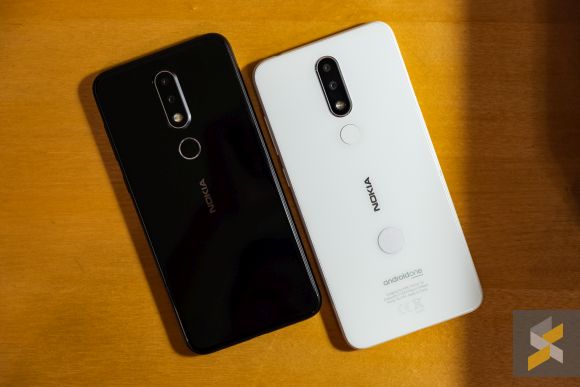
Nevertheless, the rest of the phone is pretty much identical to the Nokia 6.1 Plus. It’s about the same size, looks about the same with the same fingerprint scanner placement and has the same 3,060 mAh battery that charges via USB Type-C. Doesn’t seem to have fast-charging capabilities though.
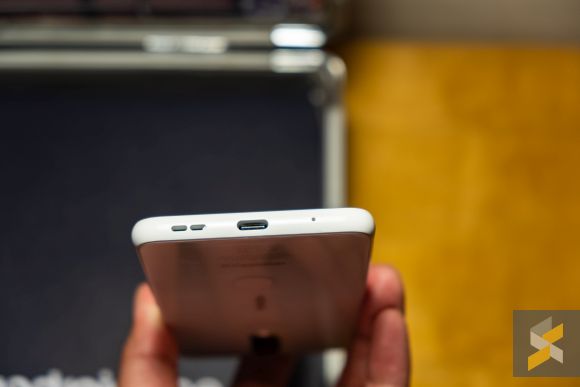
That said, just pick the Nokia 5.1 Plus up and you’ll immediately notice one big difference in the build: The frame is made of glossy plastic. Sorry, I mean polycarbonate — that’s what Nokia tells me anyway. As a result, it feels significantly less premium in the hand than the Nokia 6.1 Plus, but the good news is that the front and back are still made of glass.
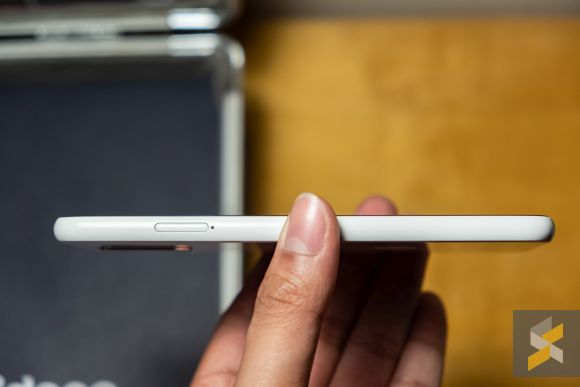
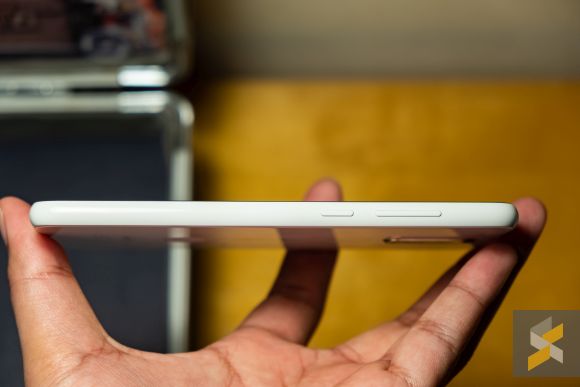
Besides the plastic frame, there is one more difference between the handsets and that is their cameras. On the 5.1 Plus, you’re getting a 13MP + 5MP dual-camera at the back with an f/2.0 aperture lens in front of the main sensor. In front, you’re getting an 8MP selfie shooter.
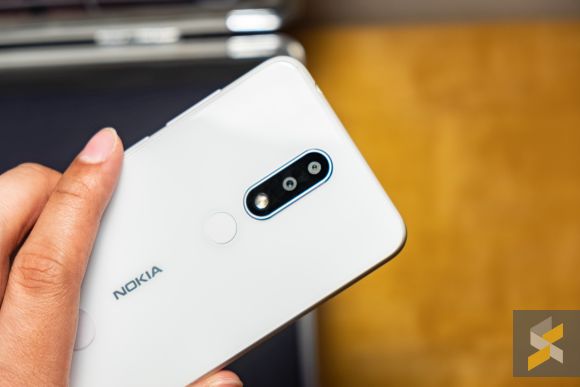
Now, I know no pricing details were revealed, but Nokia did ask us in the media to guess how much it would be priced when the handset launches in October. Looking at the price of the Nokia 6.1 Plus, I honestly don’t have a clue how much they would have it retail for. In China, the Nokia 5.1 Plus — known as the X5 there — retails for CNY999, which converts to about RM600, but when it comes to the Malaysian RRP, your guess is as good as mine.

